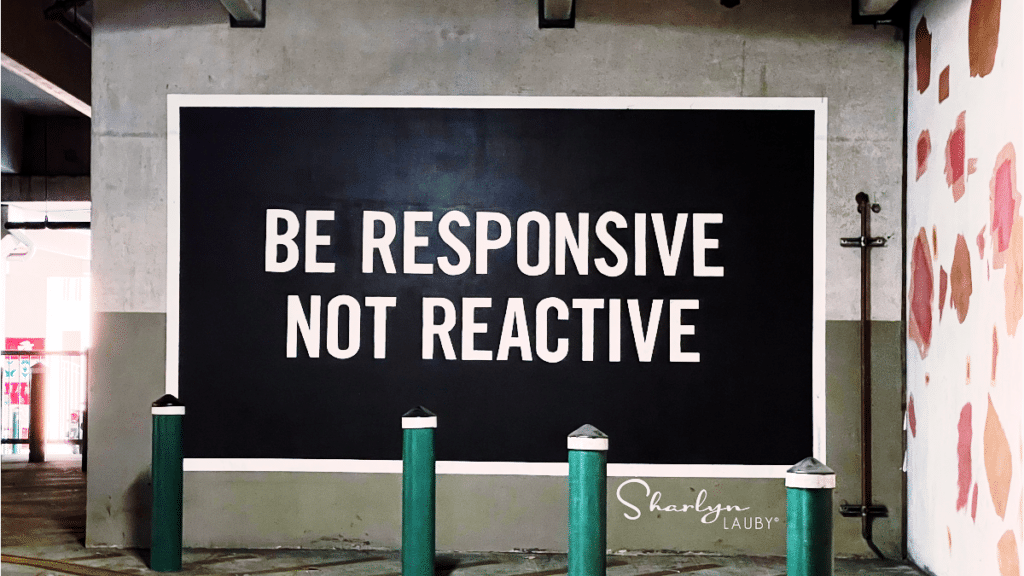Upskilling and Reskilling: Organizations and Employees are Both Responsible
Estimated reading time: 3 minutes
Training should be a key component in an organization’s recruiting strategy. I know that might sound counterintuitive, but I hope you’ll read on.
Organizations aren’t always going to be able to hire someone who has all the knowledge, skills, and experience they’re looking for. This isn’t just the case right now when the recruiting market is challenging. It’s always been the case. So, organizations should be prepared to hire someone and plan to provide training to give them the knowledge, skills, and experience they’re missing.
Same is true for current employees. It’s possible that the organization has a great employee that they want to move into a position of greater responsibility and the employee doesn’t have all the knowledge, skills, and experience necessary. So, the organization puts together a plan to give the employee what they need to be successful.
I heard a lot about training – specifically upskilling and reskilling – at this year’s SHRM Talent conference. But one of the things that I didn’t hear was how employees need to be a part of upskilling and reskilling conversations. They need to be an equal partner and buy-into their training and development.
Just as a reminder, I like to define upskilling as giving employees new knowledge, skills, and experience for the jobs they have today. Reskilling is giving employees knowledge, skills, and experience for future opportunities. Both involve new knowledge, skills, and experience but one is more focused on today and the other is on the future.
Upskilling and reskilling are investments in talent. They send the message to the employee that they matter and are being set up for career success. But the employee needs to be a part of the conversation.
Make sure the employee understands that upskilling and reskilling aren’t because they’re not performing well. There’s a difference between coaching an employee who needs to perform to standard and upskilling/reskilling. Organizations change all the time. The business world is changing as I’m typing this. That means new ways of getting things done. Upskilling and reskilling are about making sure employees can continue performing well as changes happen.
Give employees an opportunity to share how and when they like to learn. Upskilling and reskilling can happen many different ways. If we want employees to buy-into the change, let them be a part of making a few of the decisions. Some employees like to learn by reading. Others by doing. Some employees might say that they learn better in the morning. Others might ask to take a class over their lunch break. Organizations can use employee feedback to gain support and be successful.
Solicit feedback from employees about the upskilling and reskilling experience. Especially if the organization is new to this type of learning. For example, maybe the employee is taking a course via a MOOC (massive open online course). Let the employee know that they’re one of the first employees who will be attending, and you’d like to get their feedback about the program. Managers can also ask employees for feedback during one-on-one meetings. Or HR can put together a focus group.
One of the best strategies that organizations have for attracting, engaging, and retaining the best employees is learning. Let candidates know the organization places a value on learning. Bring employees into the conversation so they know why they’re learning something. And ask them to commit to the process. That way, everyone gets what they want – better performance.
Image captured by Sharlyn Lauby while exploring the streets of Gainesville, FL
22